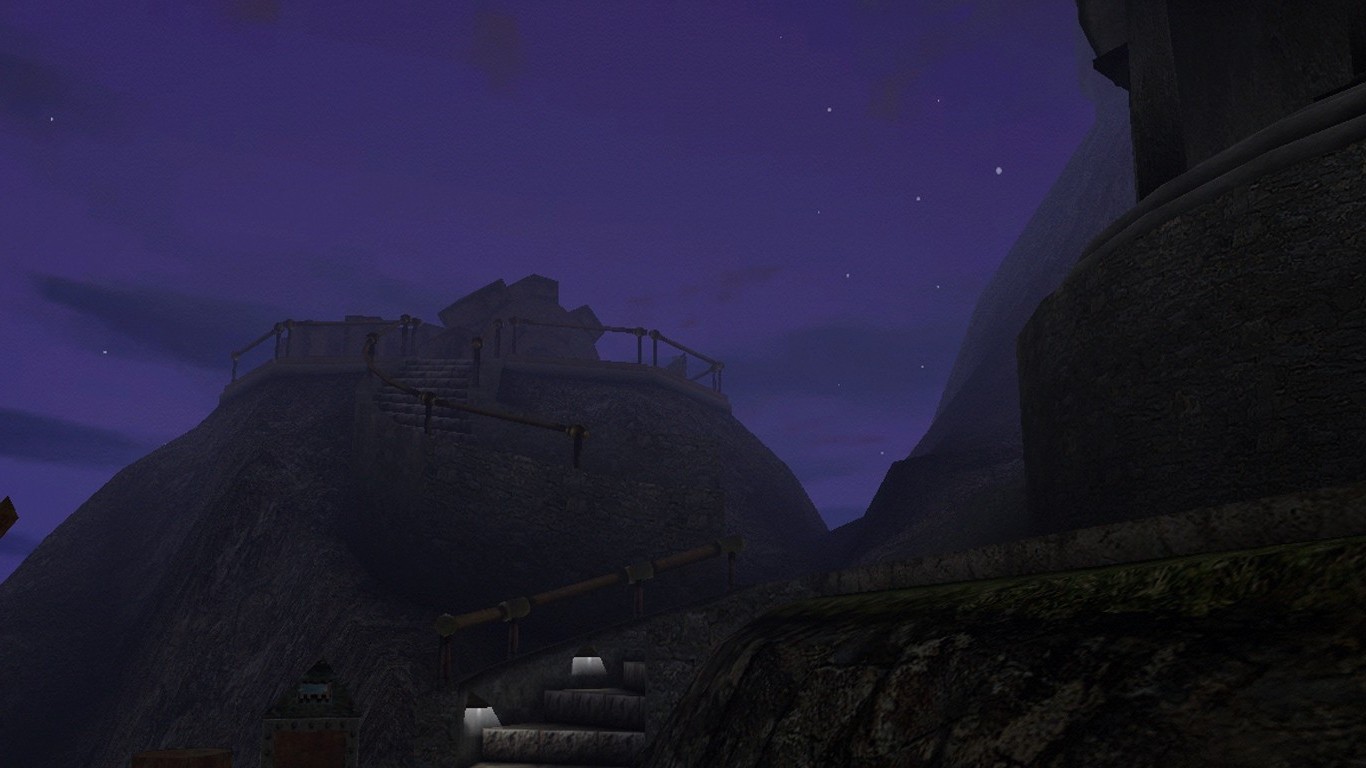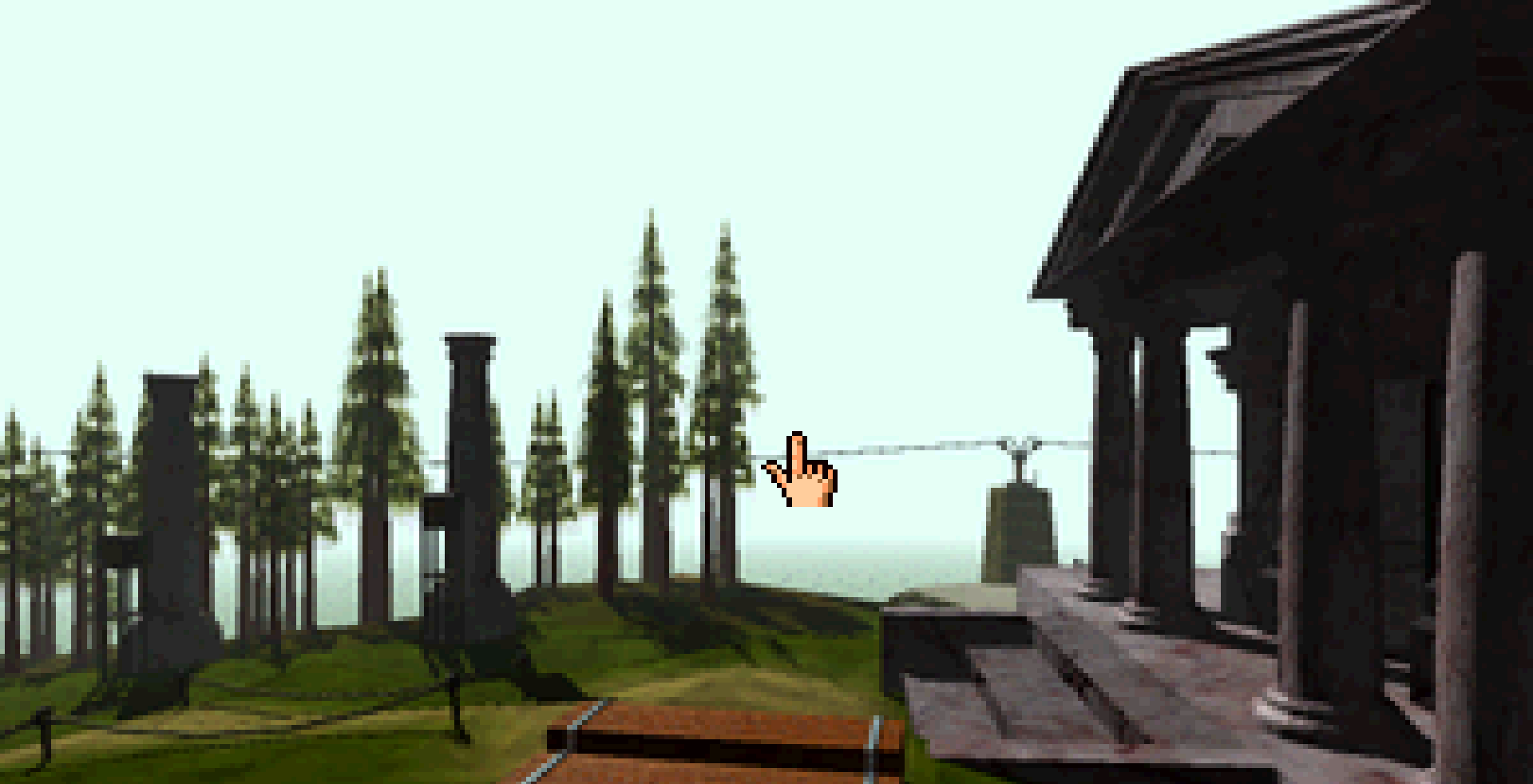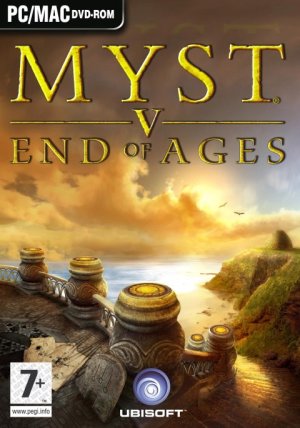

The second is: If a symbol looks important, it is. Water, wind, sunlight, breakers, electric current… that weird machine won’t do a thing without juice. The first is: Machines won’t work if you don’t restore power. Still, there are recurring themes in Myst puzzles. Riven is particularly successful in that regard. On the other hand, most people only remember the first game, so they don’t know about the effort that was put in later games to better integrate the puzzles in the environment. You either have to accept this or cut your losses and start running right now.
Myst video game full#
Any claim that Myst is full of intuitively placed puzzles that reward everyday logic is frankly indefensible. Myst is also notorious for having weird machines and crazy locks standing right in front of every single worthwhile destination. There are no dialogue trees and no item lists. That hand floating on the screen, that’s you. In presentation as well as interface, Myst is known for its minimalism. Even providing vague hints about the story or the overarching goal is already shedding some light on what should be total darkness. So even saying what a puzzle is about in a Myst game is already giving away half of the solution. Figuring any of this out is going to be your job.
Myst video game manuals#
The games’ manuals are a perfect example of this design ideology – outside of an introductory letter from some character and basic technical information, you are provided no character bios, no historical background, no gameplay help and no tips. One has to admit that a game that relies on this type of task isn’t exactly attractive or easy to get into, but when you make the extra effort, the payoff is really incredible. In other words, you are thrown in a mysterious world without knowing what you’re supposed to do, where you’re supposed do to it, how you’re supposed to do it or why. You could call those puzzles “non-directive tasks”, but that sounds a bit like psychology babble.
Myst video game series#
The series is also a noble representative of the “figure-out-what-the-hell-you’re-supposed-to-do-if-you-can” school of game design. As you start each game, the story’s most important events have already occurred and it’s up to you to piece together what happened from journals, drawings and various objects in the rooms. Rand Miller, the man behind the series, plays the role of Atrus, pictured here in Myst III.Īt its core, the Myst franchise is about fulfilling a fantasy of loneliness – you’re all alone in surreal imaginary worlds without anybody to kill you or bother you and plenty of puzzles to keep your mind occupied. Not only that, but Uru, in all its doomed grandeur, almost singlehandedly bankrupted the company… which has never quite been the same since. Uru is the focal point of the Myst franchise, not necessarily because it is the best game, but because it was a gigantic project, one that represented everything the people at Cyan always wanted to do. This, as recent history has shown, was not the winning idea that Cyan thought it would be. Uru, on the other hand, was born out of the hubristic proposition that you could create a Massively Multiplayer Online Adventure Game. Riven was to be more of the same, but bigger and better in a multi-million dollar adventure game spanning five CDs. Not only is the first Myst a perfect example of a small team creating a masterpiece and a runaway hit, but it also gave birth to an entire subgenre of adventure games.

The original Myst is the game that started it all.


This leaves us with three very important titles: the original Myst, its sequel Riven, and the tragically visionary MMO Uru. Myst V, while developed by Cyan, was a kind of “farewell gift” to longtime fans, made up of unused concepts meant for Uru. For that reason, they feel a little bit… off.
Myst video game license#
Two Myst games were developed under license by other companies: Myst III was developed by Presto Studios (makers of The Journeyman Project) while Myst IV was developed by Ubisoft Montréal. There are actually six games in the Myst series, but only three of those are especially relevant, as they are all masterpieces in their own right and ended up defining Cyan as a company.


 0 kommentar(er)
0 kommentar(er)
